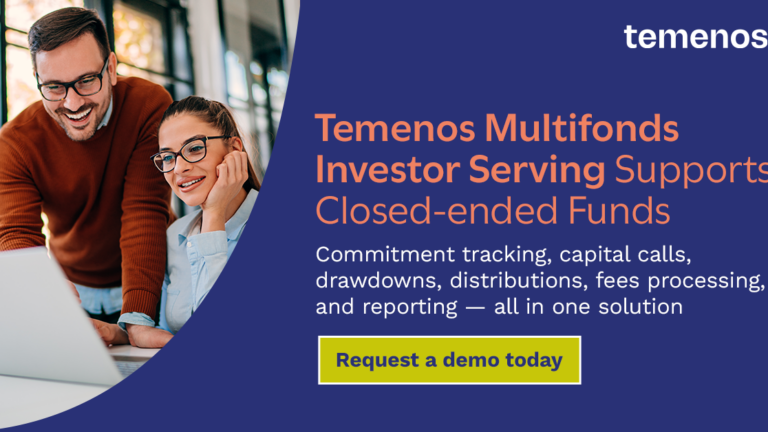Which liquidity management tools will managers need for ELTIF 2.0?
How will managers handle the delicate balancing act of making ELTIF 2.0 work for both themselves and investors?
James Abram, senior consultant at Temenos Multifonds, considers which liquidity management tools (LMTs) may be required. Since ELTIF 2.0 comes into force in just over three months, this question is becoming urgent for the industry.
As the January 2024 date for introducing ELTIF 2.0 approaches, there’s another critical related topic to consider. As firms offering ELTIF 2.0 funds will be required to fulfil their liquidity management requirements, managers will have to consider which tools they will need. The European Securities and Markets Authority (ESMA) is expected to make a final announcement about this soon, having already released their consultation paper on regulatory technical standards back in May 2023.
Attracting investors while protecting investments
In essence, liquidity management tools (LMTs) control the buys and sells into or out of a fund. They make possible the ELTIF 2.0 balancing act: ensuring that these closed-ended, semi-liquid funds can be attractive to retail investors while at the same time enabling managers to invest in them. The rules within LMTs make it possible for retailers to redeem their funds within shorter time horizons than are typical for alternative investments while protecting the investments themselves.
We anticipate that market standards will require managers to consider some or all of these tools, which are also available to Ucits funds:
- The capability to suspend redemptions and subscriptions. Suppose a fund is sufficiently illiquid that it’s impossible to deal with subscriptions or redemptions at a particular time. In that case, this tool allows temporarily suspending transactions, for example, by applying a 90-day delay or setting a rule that prevents subscriptions or redemptions at a certain time.
- Redemption gates. These control the redemptions from a fund, for example, by allowing investors to redeem up to a certain percentage of the fund’s AUM. Therefore, if an investor wanted to redeem €2 million from a €10 million fund with a 10% redemption gate, half of their redemption would either be cancelled or reallocated to the next available dealing period.
- Notice periods. This tool extends the timeline of a subscription or redemption, for example, by allowing several months before an investor can strike their redemption. Investors get a price allocated at that point.
- Redemption fees. This is a simple cost associated with early redemption, for example, by charging a percentage withdrawal fee for redemptions made within three years of investment, with no fee applied for redemptions made later than that.
- Swing pricing and anti-dilution levies (ADLs). These tools are two different ways of doing the same thing, i.e., passing on the costs associated with large amounts of creations or liquidations. Swing pricing adjusts the price per unit up or down when activity exceeds a certain threshold. At the same time, an anti-dilution levy similarly applies a proportionate fee in response to particularly large inflows or outflows.
- Redemption in kind. This allows users to redeem in units instead of cash, for example, as a different share class.
- Side pocket. This tool acts as a “holding bay”, keeping investors’ assets separated from the main investment fund when it is not sufficiently liquid at a given moment.
Managers coming into this area for the first time will find that using these LMTs presents operational challenges. They add layers of complexity that risk distracting managers from their essential tasks of onboarding new clients and scaling this new business area. Given the imminent deadline for ELTIF 2.0, it’s essential that LMTs are automated and easily integrated into workflows.
Well-established features
The good news for managers is that these tools already exist in the market, ready to be used with funds under ELTIF 2.0.
Having developed integrated workflows that span both traditional and alternative asset classes, Temenos Multifonds stands ready to support private asset capital deployment features at volume with UCITS style LMTs, whichever LMTs ELTIF2.0 chooses to mandate.
Our tools cover all the liquidity management actions listed above and can be easily integrated into fund workflows.
Learn more
